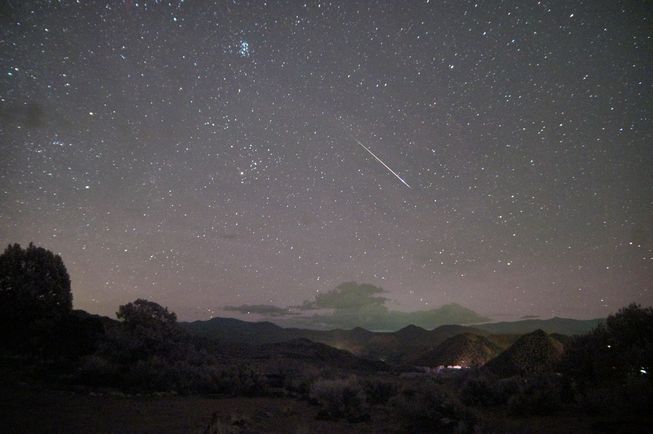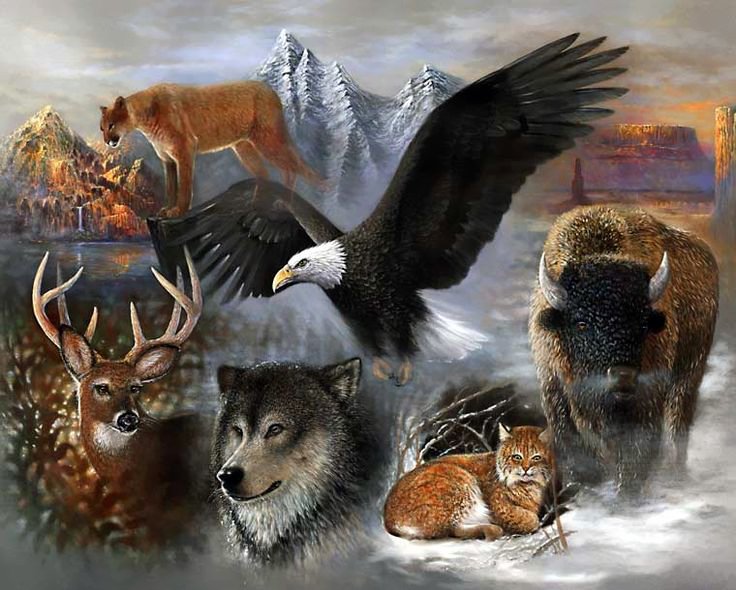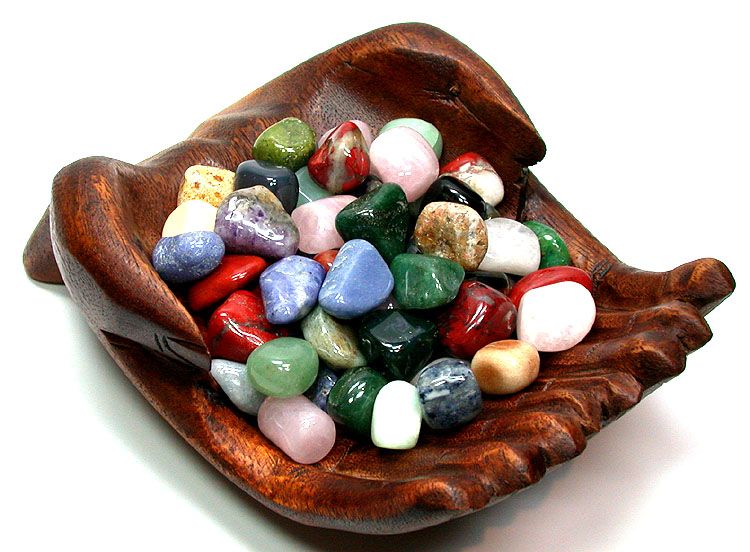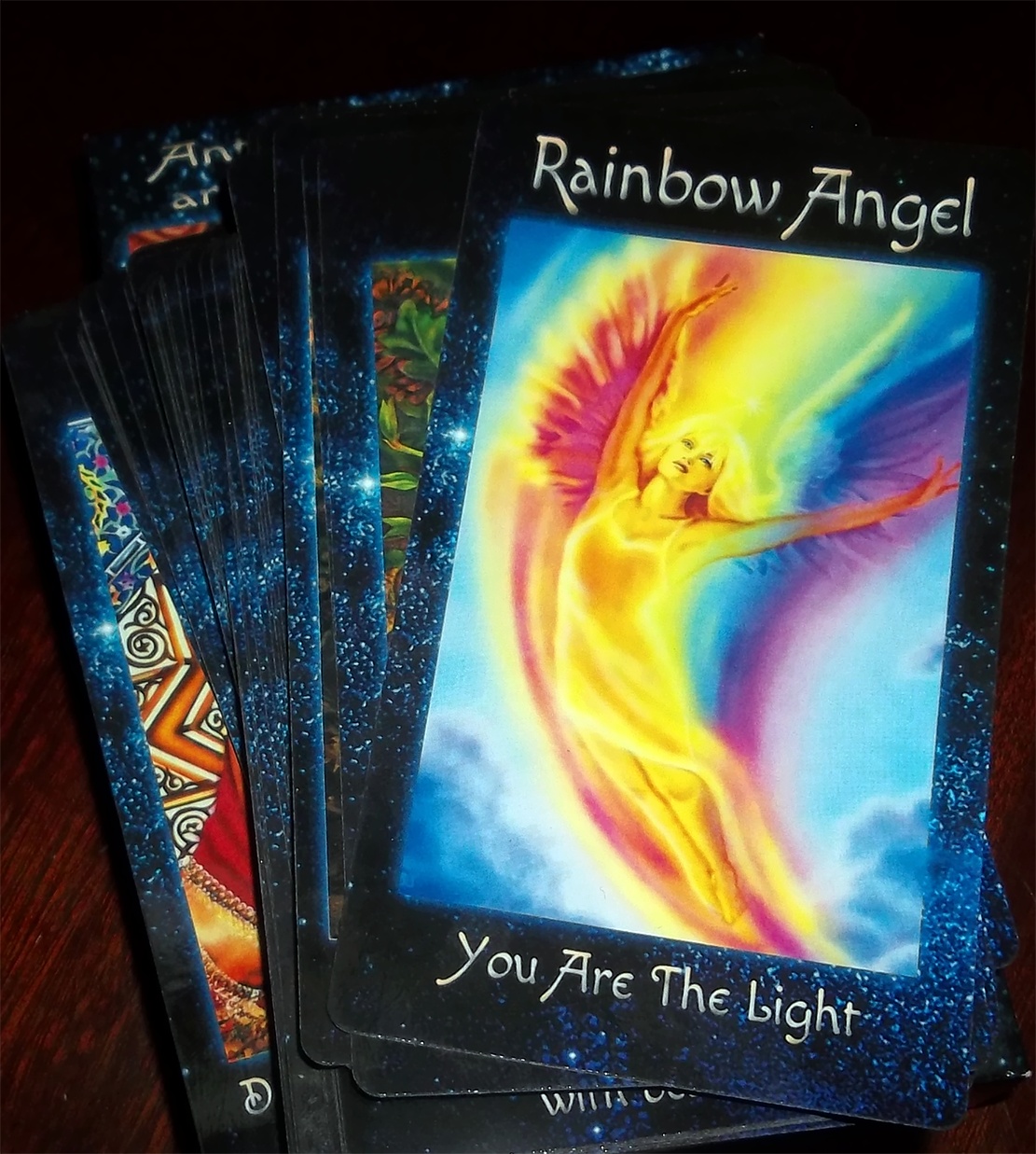This article was posted by CrystalWind.ca.
Perseid Meteor Shower 2018
- Details

According to NASA meteor expert Bill Cooke, the Perseids are perhaps the most popular meteor shower of the year; and this year, they'll be the best shower of the year. This year during peak people should see about 60-70 meteors per hour, but in outburst years (such as in 2016) the rate can be between 150-200 meteors an hour. The meteor shower's peak will be visible both the nights of Aug. 11-12 and Aug. 12-13, Cooke said, but he's inclined this year to lean toward the night of Aug. 12-13 for the better show. (Both, however, should be spectacular.)
"This year the moon will be near new moon, it will be a crescent, which means it will set before the Perseid show gets underway after midnight," Cooke told Space.com. "The moon is very favorable for the Perseids this year, and that'll make the Perseids probably the best shower of 2018 for people who want to go out and view it." The Perseids are rich in fireballs, so the show should be even better.
Skywatchers looking out for the Perseids should also be able to see Mars (visible until about 4 a.m. local time) and Saturn (visible until about 2 a.m. local time); Venus and Jupiter both set before the Perseids are best viewed (9:30 p.m. and 11 p.m., respectively).
When to see them?
Earth will pass through the path of Comet Swift-Tuttle from July 17 to Aug. 24, with the shower's peak — when Earth passes through the densest, dustiest area — occurring on Aug. 12. That means you'll see the most meteors in the shortest amount of time near that peak, but you can still catch some action from the famed meteor shower before or after that point.
You can see the Perseid meteor shower best in the Northern Hemisphere and down to the mid-southern latitudes, and all you need to catch the show is darkness, somewhere comfortable to sit and a bit of patience.
What causes the Perseids?
Comet Swift-Tuttle is the largest object known to repeatedly pass by Earth; its nucleus is about 16 miles (26 kilometers) wide. It last passed nearby Earth during its orbit around the sun in 1992, and the next time will be in 2126. But it won't be forgotten in the meantime, because Earth passes through the dust and debris it leaves behind every year, creating the annual Perseid meteor shower.
When you sit back to watch a meteor shower, you're actually seeing the pieces of comet debris heat up as they enter the atmosphere and burn up in a bright burst of light, streaking a vivid path across the sky as they travel at 37 miles (59 km) per second. When they're in space, the pieces of debris are called "meteoroids," but when they reach Earth's atmosphere, they're designated as "meteors." If a piece makes it all the way down to Earth without burning up, it graduates to "meteorite." Most of the meteors in the Perseids are much too small for that; they're about the size of a grain of sand.
What do you need to see them?
The key to seeing a meteor shower is "to take in as much sky as possible," Cooke said. Go to a dark area, in the suburbs or countryside, and prepare to sit outside for a few hours. It takes about 30 minutes for your eyes to adjust to the dark, and the longer you wait outside, the more you'll see. A rate of 60-70 meteors per hour, for instance, means around one meteor per minute, including faint streaks along with bright, fireball-generating ones.
Some skywatchers plan to camp out to see the Perseid meteor shower, but at the very least, viewers should bring something comfortable to sit on, some snacks and some bug spray. Then, just relax and look upward for the celestial show.
Meteor showers are named after the constellation from which they appear to originate. In this case, it's the constellation Perseus, which is located at latitudes between +90 degrees and -35 degrees and is named after the hero from mythology who killed Medusa.
How to Wish upon a Shooting Star?
1. Close you eyes and Relax
2. Meditate on things you Wish to have.
3. Now focus to things that your heart desire the most. Things that set you on Fire!
4. Narrow down your wishes to only one, your most important wish.
5. Stay focused on your Wish. Live it as it already happened!
6. Open your eyes and wait for the Shooting star. Once you see it Re-Live it one more time quickly!
7. Thank the Divine Forces that helped you!
© 2009 - 2018 CrystalWind.ca. All rights reserved.
© CrystalWind.ca 2024. All content (articles, imagery, fair use) & design protected. Written permission required for copying. All rights reserved.
Join the Conversation Now! Comment Below! ![]()

Spirit Animal Totem Of The Day!
Crystal Of The Day!
Latest Articles
The Crystal Wind Oracle
Myth & Magic Card Deck!
Details Here!
NEW Expanded
Printed & Boxed!
Now with 58 cards!
CrystalWind.ca is free to use because of
donations from people like you.
Donate Now »

Unlock Your Light: Join Lightworkers Worldwide on CrystalWind.ca!
Articles: The Founders
Articles: Cosmic Neighbours
Articles: Galactic History
Follow Us!
Who is Online Now
We have 26893 guests and no members online
Featured This Month
The Time of No Time: Beltane!
Around the medicine wheel of life we go, from season to season (solstice to ... Read more
Cartomancy - Fortune Telling Using Playing C…
Cartomancy is the act of divining using cards. Divining means to find out by... Read more
Frogs Return Moon
Beaver – Chrysocolla - Blue Camas – Blue April 20 – May 20 The Frogs Retur... Read more
The Crystal Wind Oracle Card Deck
The Crystal Wind Oracle™ The Crystal Wind Oracle Myth & Magic Card D... Read more
The Seven Chakras and their Meanings
If you could imagine chakras as circles of energy, flowing all the way throu... Read more
Taurus Mythology
The Taurus Myth The Taurus myth is most often interpreted as the story of Z... Read more
Bright Beltane Blessings!
The wheel turns to Beltane, also known as Mayday, marking the beginning of S... Read more
Sun in Taurus
Sun in Taurus April 21 through May 21 An Overview of Sun Sign Characteristi... Read more










































